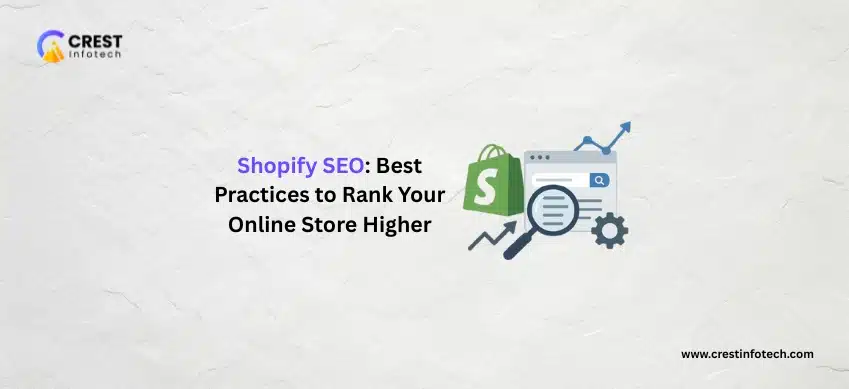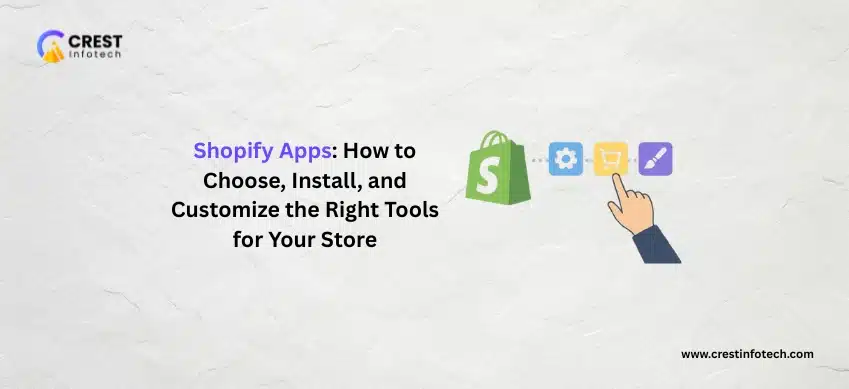Thinking of creating your own Amazon-style marketplace? A multi-vendor e-commerce site allows multiple sellers to offer products under one platform — and it’s one of the most scalable and in-demand online business models today. But building one involves more than just setting up a store. Here’s how to do it right.
Define Your Niche and Business Model
Before you write a single line of code or install a plugin, clarify your target market and product focus. Are you building a general marketplace like eBay, or a niche-specific platform like a handmade goods marketplace? Decide whether you’ll charge vendors commissions, listing fees, or subscriptions — your revenue model will shape how the platform operates.
Choose the Right E-commerce Platform
Your platform choice will impact scalability, features, and customization. Popular options include:
- WooCommerce + Dokan or WCFM: Ideal for WordPress users
- Magento with Marketplace Extension: For advanced, scalable projects
- Shopify + Multi Vendor Marketplace App: Easier setup but less flexibility
- CS-Cart Multi-Vendor: A purpose-built marketplace solution
Pick based on your budget, technical skills, and growth plans.
Set Up Vendor Registration and Dashboards
Vendors need their own dashboards to manage products, orders, and earnings. Your marketplace should offer:
- Simple registration and approval flow
- Individual vendor storefronts
- Easy product upload tools
- Order tracking and analytics
Some platforms let you fully white-label the vendor experience — crucial for professionalism.
Implement Secure and Flexible Payment Systems
Your marketplace must support split payments so vendors get paid automatically after a sale. Look for solutions that integrate with Stripe Connect, PayPal Adaptive Payments, or other multi-party gateways. Also, set clear payout schedules and commission rates to keep everything transparent.
Focus on UX and Mobile Optimization
With multiple vendors, the customer experience can get messy fast. Design a user-friendly interface that makes it easy to browse, filter, and compare products. Make sure your site is fully responsive and loads quickly on mobile — most shoppers are browsing on phones in 2025.
Add Review Systems and Trust Signals
Trust is everything in a marketplace. Enable buyer reviews, seller ratings, and verified badges. Display return policies, support options, and secure checkout icons prominently. The more transparent and user-safe your platform feels, the more likely people are to buy — and sell — through it.
Handle Logistics and Shipping
Will vendors ship their own products, or will you offer centralized fulfillment? If you’re letting sellers handle shipping, make sure you define policies for timelines, tracking, and returns. Some marketplaces integrate with third-party shipping APIs or offer negotiated shipping rates to vendors.
Promote Your Marketplace and Attract Vendors
Even the best-built marketplace is useless without sellers. Use targeted ads, email campaigns, and content marketing to attract quality vendors. Consider offering perks to early adopters like waived commissions or featured listings. Remember — the more sellers you onboard, the more valuable your platform becomes to buyers.
Final Thoughts
Building a successful multi-vendor marketplace takes more than tech — it takes strategy, structure, and community. From selecting the right tools to onboarding the right sellers, every step must be intentional. Done right, your platform could become the next big player in your niche. Start lean, scale smart, and always focus on delivering value to both vendors and customers.



